Can manual handling be avoided? Essential tips for carers
As a caregiver, your role is often physically demanding. Every day you’re carrying out tasks to make sure the person you’re caring for is supported and has everything they need. And while all of these tasks are essential, you may find that the current way of doing them is unsafe. Instead of carrying on as usual, it’s important to explore alternatives and improved techniques that can minimise the need for manual handling.
What is manual handling?
Manual handling refers to the physical activities involved in lifting, carrying, pushing or pulling something or someone. It’s a common aspect of many caregiving roles. As a caregiver, you may need to help someone with mobility limitations by transferring them from one place to another or doing tasks that they can’t do themselves.
These tasks might include lifting them from a bed to a wheelchair, assisting with bathing or dressing or transferring them from a chair to a wheelchair. It might also involve things like lifting a wheelchair or portable mobility scooter into the car.
Can manual handling for carers be avoided?
As a carer, the type of manual handling tasks you do are going to depend on the needs of the person you’re caring for. And while not all manual handling can be avoided, that doesn’t mean some tasks can’t be adjusted to make them easier and safer. Below we’ve outlined five key areas to consider when looking to reduce manual handling as a carer.
1. Assess the task and your surroundings
Before you begin any caregiving tasks, make time to assess your surroundings and the specific steps involved in that activity. It may be that by moving furniture, changing where certain tasks are carried out or improving accessibility in areas, you can avoid manual handling.
For example, the person you’re caring for may find it difficult to move through the living room because there’s furniture in their way, which means they need to hold on to you to get around. If you created a clear path from their chair to the dining table, for example, they would then be able to move with the help of a rollator, which removes that manual handling aspect.
2. Promote independence and self care
Are there certain tasks you’re currently doing that could be done by the person you’re caring for, with certain modifications. Empowering the care recipient to be more independent not only improves their wellbeing and self-confidence, but also minimises the need for manual handling. Begin by raising the topic of what tasks they might be able to carry out independently. Consider whether simple modifications like installing grab bars or a toilet seat surround are needed for safety and confidence.
3. Make use of assistive aids and devices
There is a wide range of assistive aids and devices available that can make manual handling tasks easier and safer, if not avoidable altogether. Patient lifts, transfer boards, slide sheets and hoists are just a few examples of aids that can be incorporated into your caregiving routine to reduce the risk of injury to the client and caregiver from manual handling tasks.
Rollators and walkers can help enhance independence for the person in your care. And devices such as wearable fall detection monitors or bed alerts can provide added security and peace of mind.
The technology around these devices is constantly changing, so what was available when you first started in your caregiving role may have been improved. It’s worth taking time to explore what types of assistive aids might help replace or reduce manual handling in your day-to-day life. Browsing the Mobility HQ website is a great place to start and then you can explore our articles and in-depth guides for more information.
4. Practise proper techniques and body movements
When manual handling is necessary, it’s essential to use the correct techniques and body movements to minimise the risk of injury for both you and the person you’re caring for. Doing this helps to distribute weight effectively and reduce strain of regularly-used muscle groups.
Take some time to review current advice on how to correctly lift, push, pull or transfer individuals. Make sure you practise these techniques so you feel confident. And then make sure to follow each step properly every time to carry out that task.
If you’re unsure about the proper manual handling techniques, you can find training programs, and online and in-person workshops, or you could speak directly with a healthcare professional such as a physiotherapist or occupational therapist for advice.
5. Get assistance and support
Caregiving is very often physically and emotionally demanding. It’s so important to acknowledge your limits and seek out support before you really need it. Friends and family members along with professional helpers can take on some of the workload and reduce the tasks you need to do.
As well as help with day-to-day tasks, support services are available that can help give you longer periods of time away from caregiving responsibilities. Carer Gateway is an Australian-government service that provides counselling, peer support, courses and coaching specifically for unpaid carers.
Mobility HQ is one of Australia’s leading providers of mobility aids. Our range of products help with everyday tasks from toileting, bathing, reading, dressing, cooking, eating and gardening.

















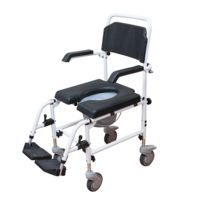
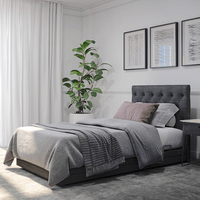
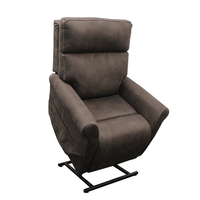
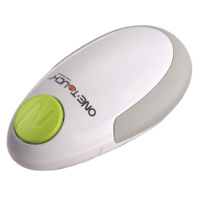
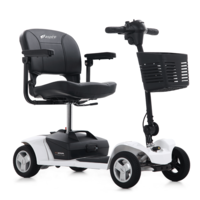

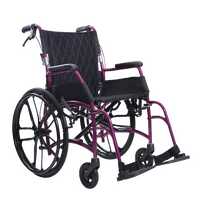
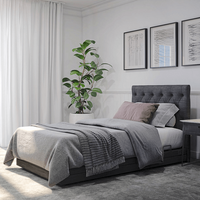


.png)